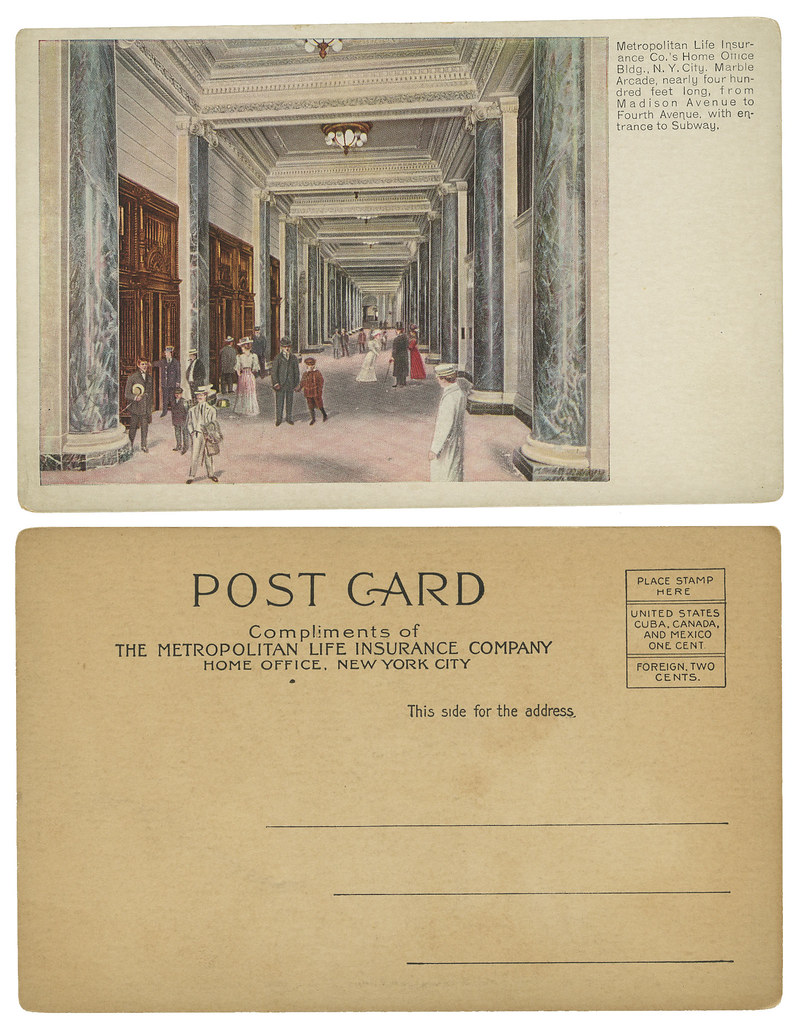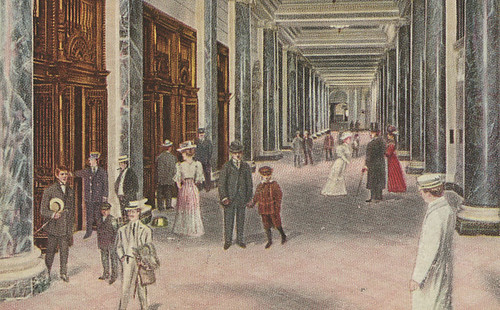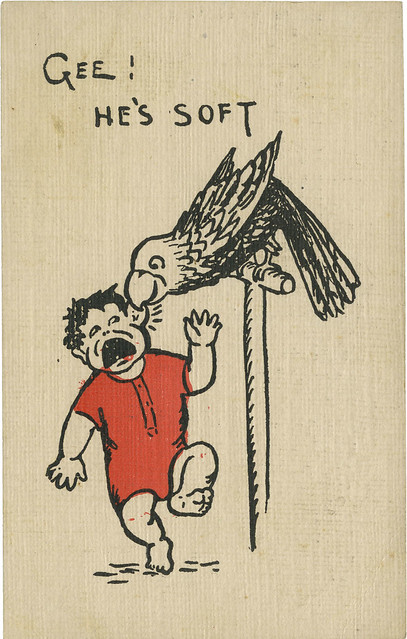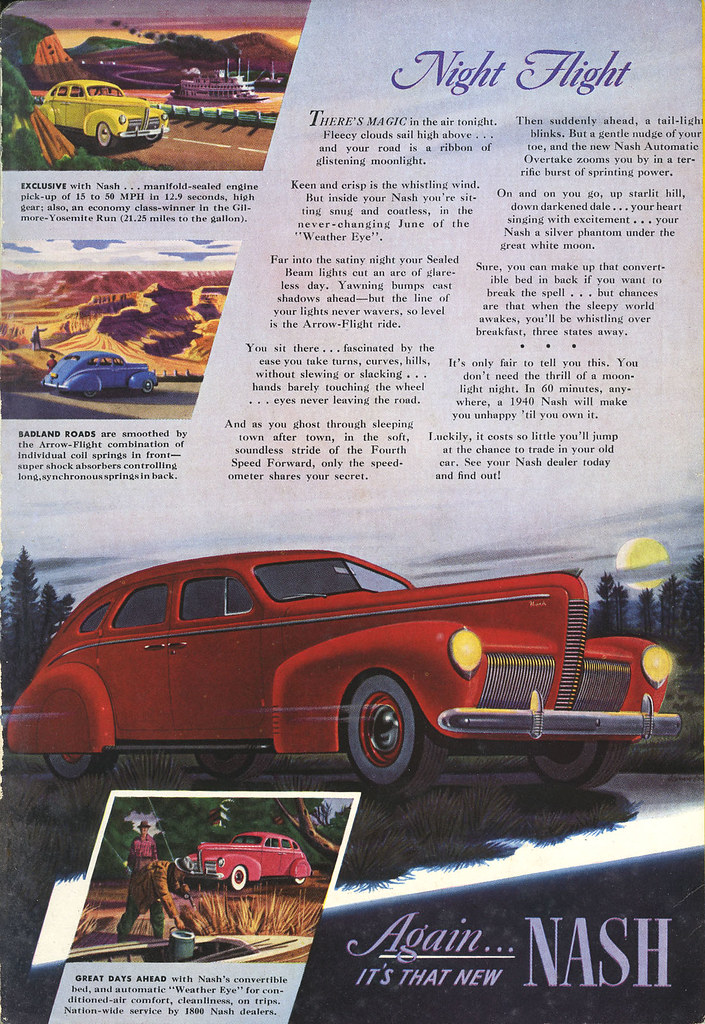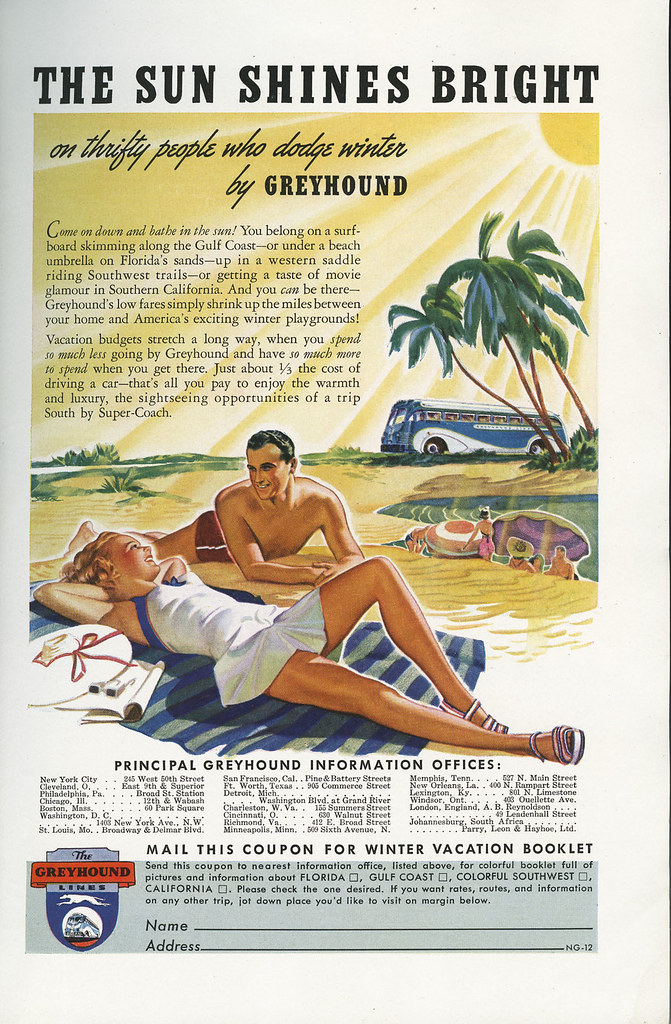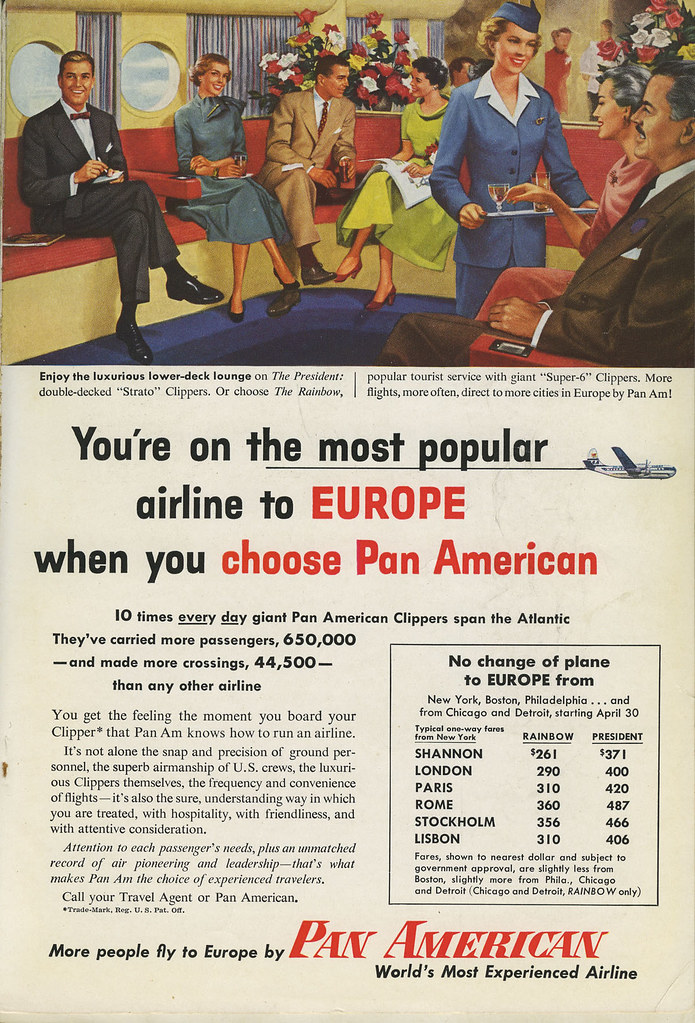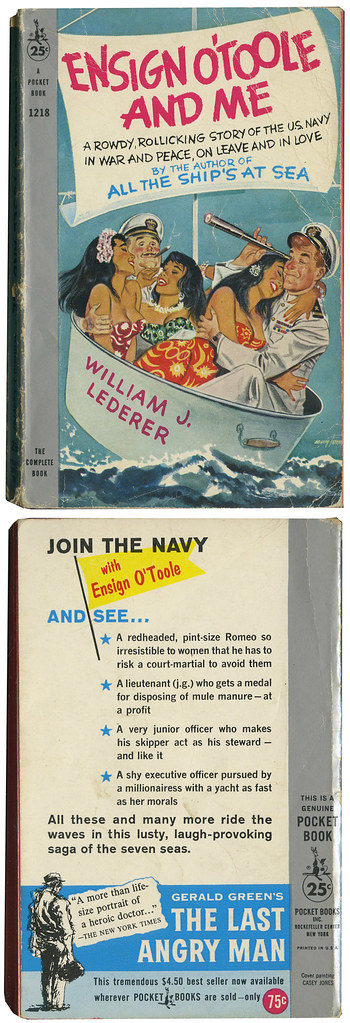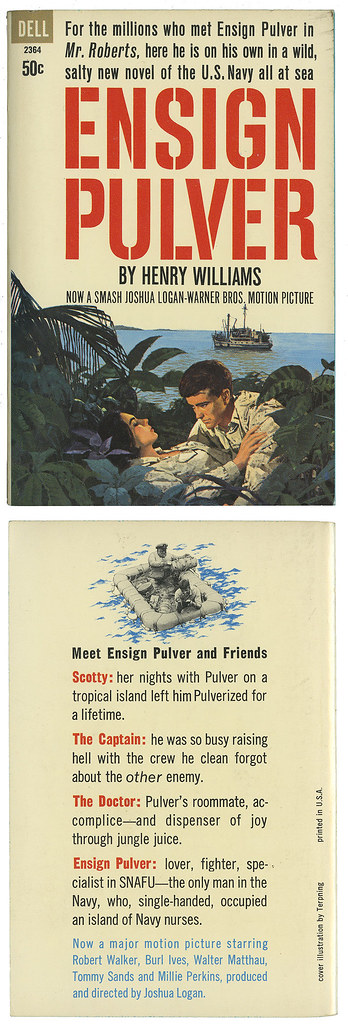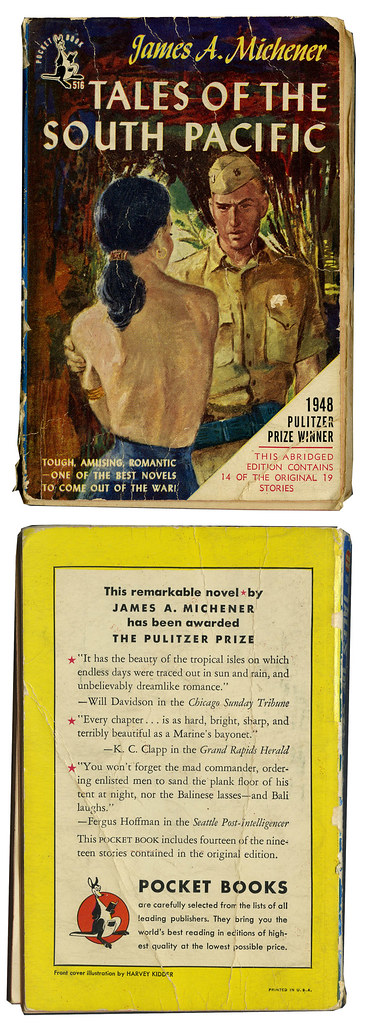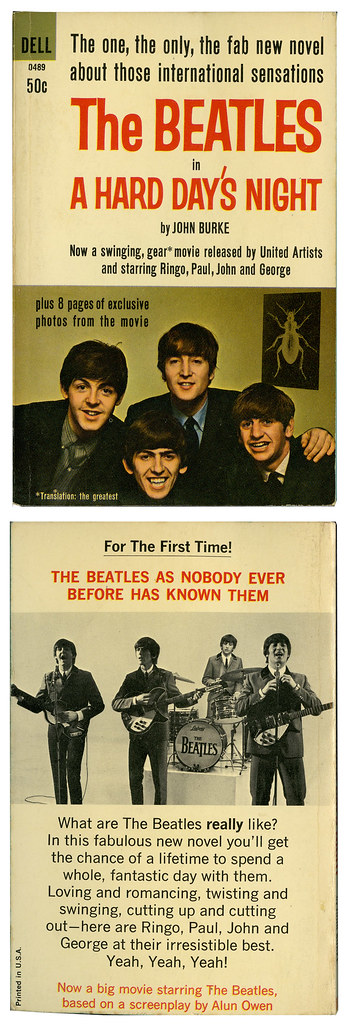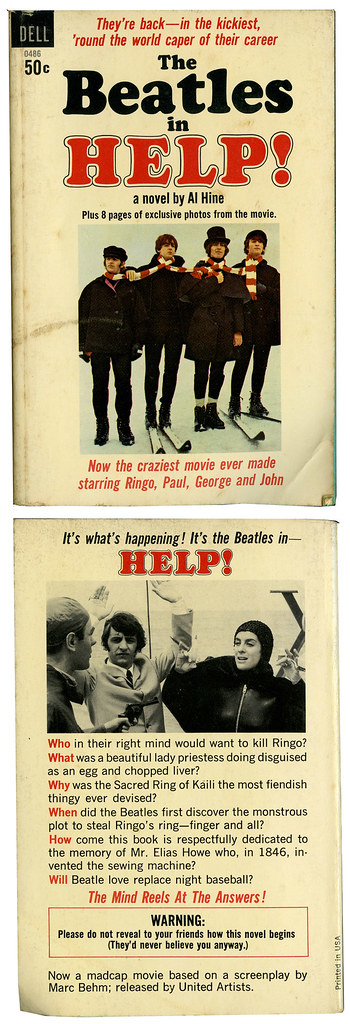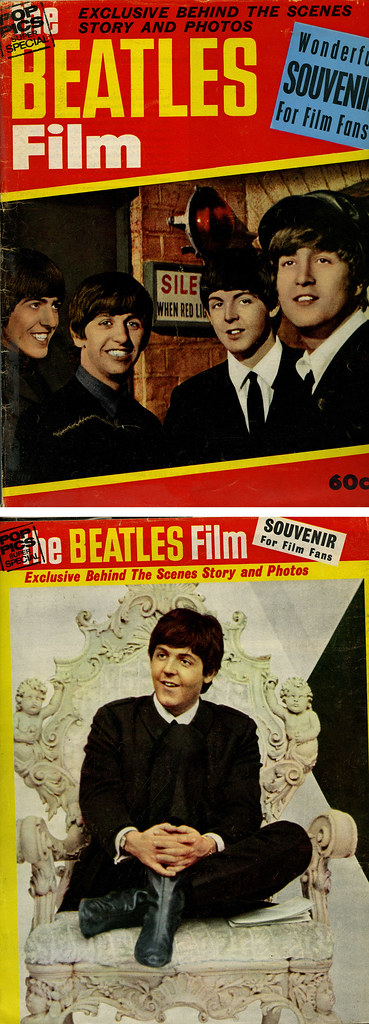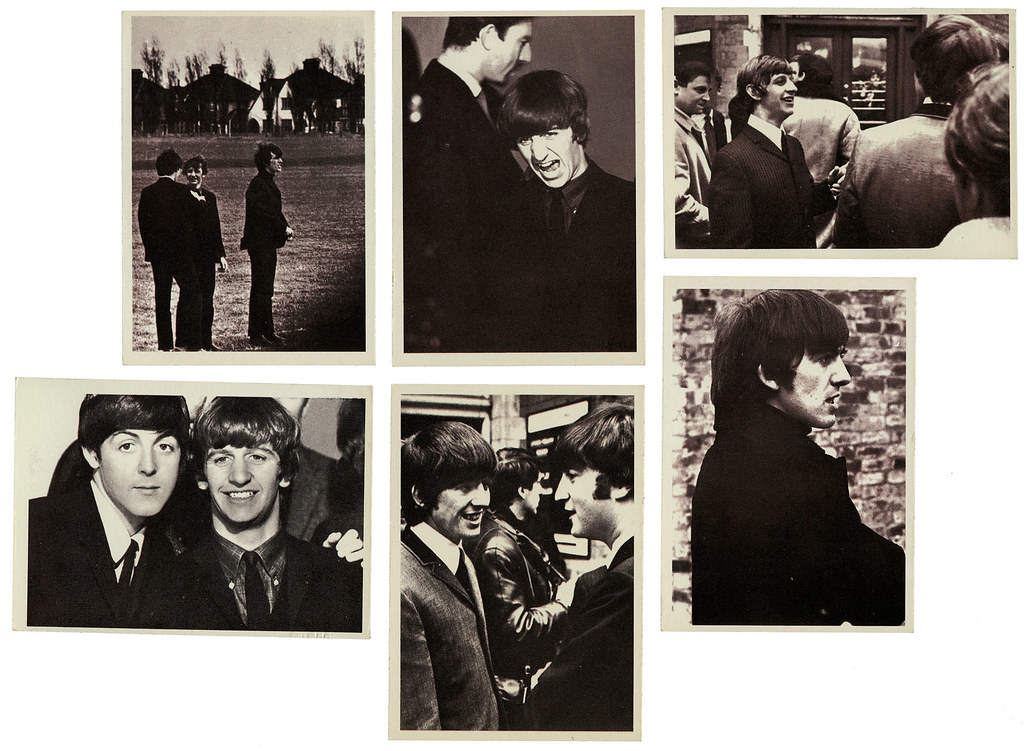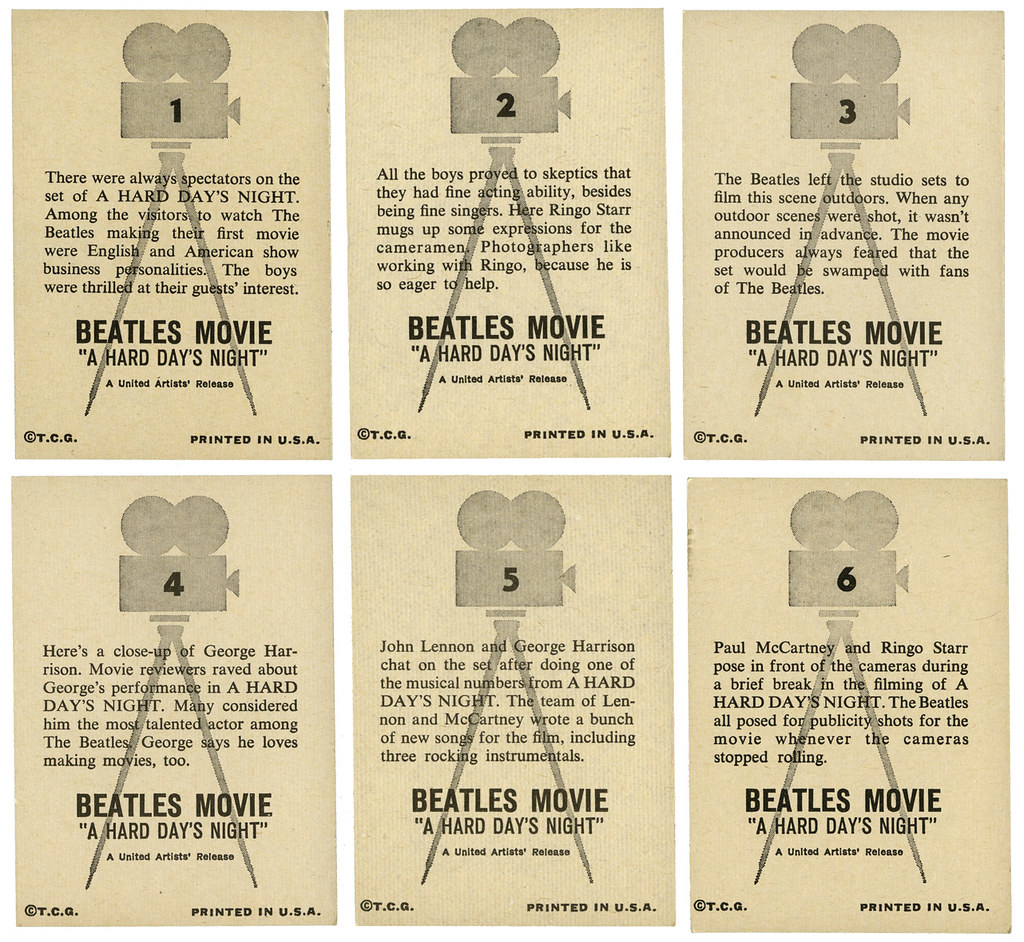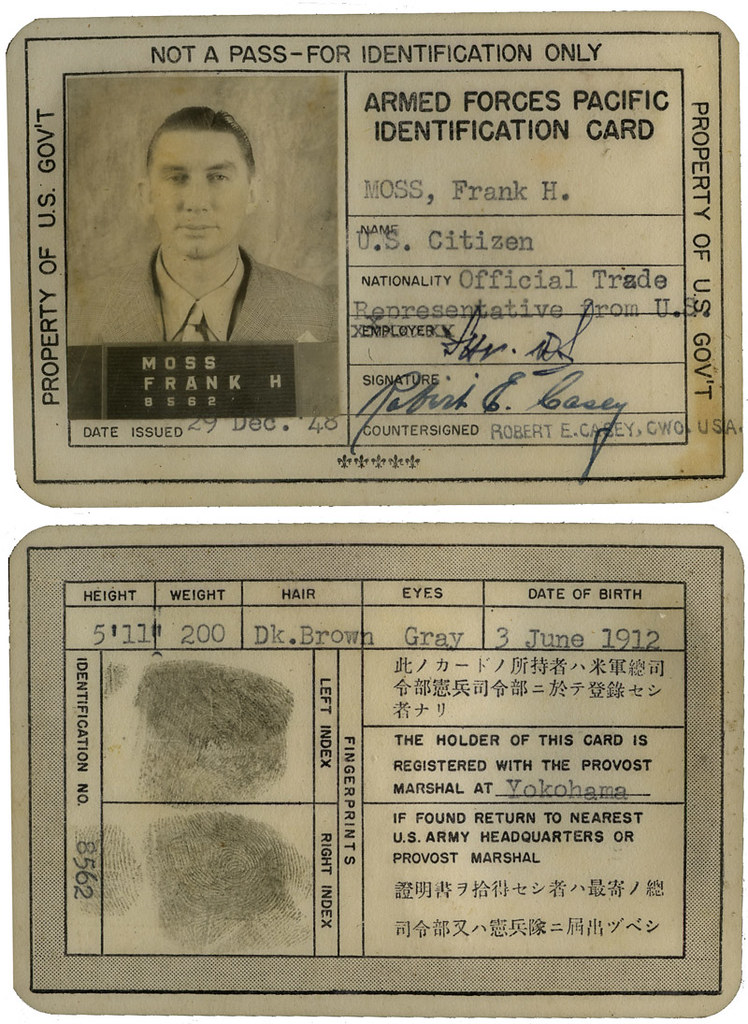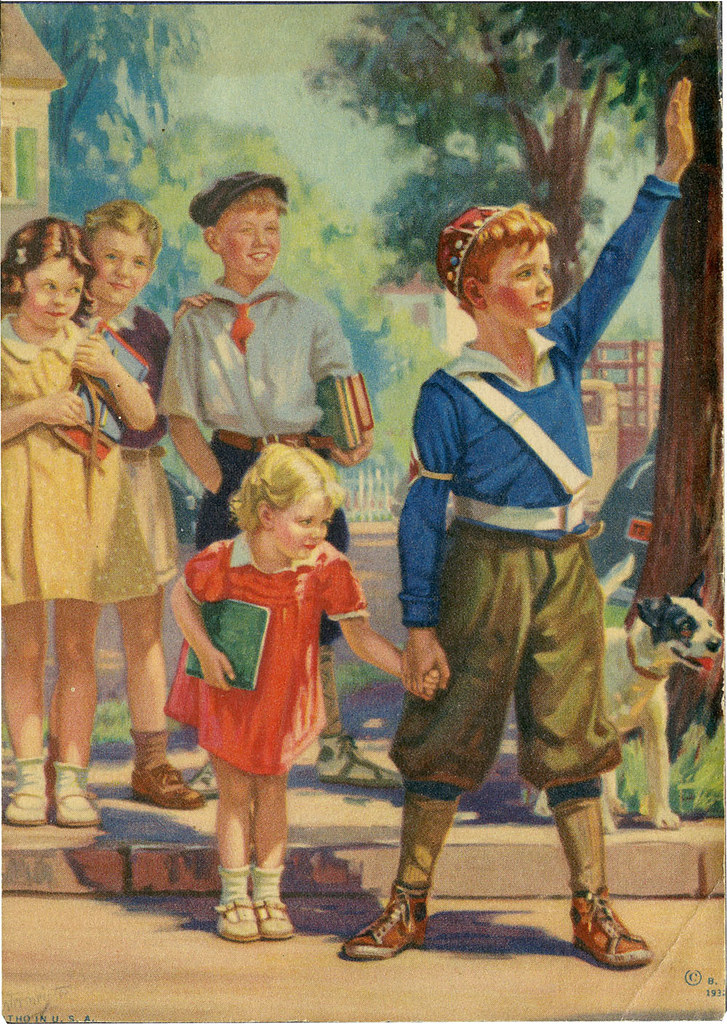Fresh Express Inc.
1020 Merrill Street
Salinas, California 93901
U.S.A.
Web
site: http://www.freshexpress.com
Wholly Owned Subsidiary of Chiquita Brands International Inc.
Incorporated: 1978 as Red Coach Foods
Employees: 2,500
Sales: $900 million (2006 est.)
NAIC: 311423 Dried and Dehydrated Food Manufacturing
A subsidiary of Chiquita Brands International, Inc., Fresh Express Inc. is the market leader in the consumer packaged salad business. The Salinas, California-based company essentially invented the category, and today produces 40 million pounds of salad each month. Every week more than 20 million bags of Fresh Express salads are eaten by consumers. Product categories include Crispy Lettuces, featuring several ready-to-eat salad mixes using blends of iceberg, romaine, and green leaf lettuce along with carrots and red cabbage; Tender Lettuce Mixes, which include other types of lettuce and spinach leaves mixed with such ingredients as red cabbage, radishes, and carrots; Flavorful Whole Baby Blends, using baby leaves of various types of lettuce and spinach and other ingredients; organic mixes; complete salad kits that come with dressings, croutons, bacon crumbles, and other ingredients; and specialty salads, including a variety of cole slaws.
PIONEERING REFRIGERATED LETTUCE SHIPPING: 1926
Fresh Express was established by Bruce Church Inc., a company founded by Bruce Church in Salinas, California. Originally from Ireland, Church’s family had come to California by way of Canada and New York in 1875 and was originally involved in timber before turning to stock raising. Born in 1900, Church studied business economics at the University of California at Berkeley and then went to work for a produce shipper. In 1926 he found a financial backer in Whitney Knowlton, who provided $3,000 to buy a field of head lettuce, which Church packed in ice and shipped to the eastern markets. The shipment garnered $100,000 for the two men from enthusiastic customers. One company legend holds that the term iceberg lettuce originated with these deliveries, as children in Maine greeted the arrival of the vegetable shipments with shouts of “The icebergs are coming!” In any event, Church’s idea paid off, leading to the creation of Bruce Church, Inc., and turning its founder into one of the valley’s largest produce growers and shippers.
Church died in 1958 and son-in-law Edward “Ted” Taylor took charge and proved to be an innovator in his own right. Because produce was a commodity and subject to low profits, it was natural that shippers like Bruce Church Inc. would look to increase margins by adding value to their products. In the mid-1960s California lettuce growers introduced packaged shredded lettuce, an idea well ahead of its time. Although consumers were resistant, some fast-food restaurants embraced the idea because of the convenience, but by 1980, according to the New York Times, it still only accounted for about 5 percent of all lettuce sales. The biggest obstacle to gaining acceptance in the market was the product’s short shelf life. According to Forbes, “Once it’s cut, lettuce, like any plant, breathes in, or ‘respires,’ oxygen while giving off carbon dioxide, water and heat. Left in the open air, the lettuce will respire as much oxygen as it can get, speeding up its own decomposition.” Placing the shredded lettuce in a simple plastic bag did nothing to control the lettuce’s intake of oxygen, however.
To solve the respiration problem, a Whirlpool subsidiary called TransFresh Corporation, began experimenting with controlled- and modifiedatmosphere packaging. Taylor bought the company for Bruce Church Inc. in 1966 and two years later formed a venture called Trim Fresh to develop a packaged salad for the foodservice channel. The technology failed to measure up to the potential of the concept, however, and eventually Trim Fresh was shut down. However, company researchers continued to further the technology, so that in 1978 Taylor revived the packaged salad idea as Red Coach Foods (drawing its name from the company’s popular Red Coach lettuce). The company was able to drum up some foodservice business, selling packaged shredded lettuce and other raw produce to the likes of McDonald’s and Burger King.
In 1981 Ted Taylor asked his son Steve to spearhead an effort to sell packaged salads to the retail market. However, the requirements of foodservice customers were not the same as retailers, who needed a much longer shelf life. Once again the film available for packaging was not up to the task and after two years Steve Taylor left. He had never intended to become involved in the family business, having earned a degree in psychology from the University of California at Berkeley, and for a time he pursued a career in social work. He traveled east to earn a Harvard University M.B.A. After a stint running a Los Angeles restaurant, he returned to the family business in 1987, but while he was away film suppliers had made significant progress on meeting the needs of TransFresh. With a viable retail product in sight, Taylor again devoted himself to the effort, working closely with TransFresh and the film manufacturers to develop a bag capable of breathing, allowing oxygen in and carbon dioxide out. In addition, researchers learned to introduce nitrogen into the bag to lower oxygen levels in order to extend shelf life.
(SOURCE: Encyclopedia.com)

